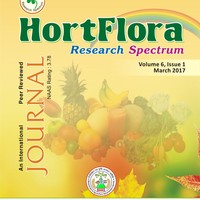
Fatih HANCI
Assoc. Prof. Dr.
Phone: ++02268142520
Phone: ++02268142520
less
Related Authors
Jameel M Al-Khayri
King Faisal University
Dorian Q Fuller
University College London
Vinod K K
INDIAN AGRICULTURAL RESEARCH INSTITUTE, NEW DELHI, INDIA
Ismael Khatab
Kafrelsheikh University
Nate Phillips
Middle Tennessee State University
Soon -Guan Tan
UPM - Universiti Putra Malaysia
Hanaa Ahmed
Animal Health Research Institute
Davi S Dalberto
Universidade Federal Do Amapa
Prof. Tofazzal Islam
Bangabandhu Sheikh Mujibur Rahman Agricultural University
HortFlora Research Spectrum
CCS University, Meerut
InterestsView All (17)










Uploads
Papers by Fatih HANCI